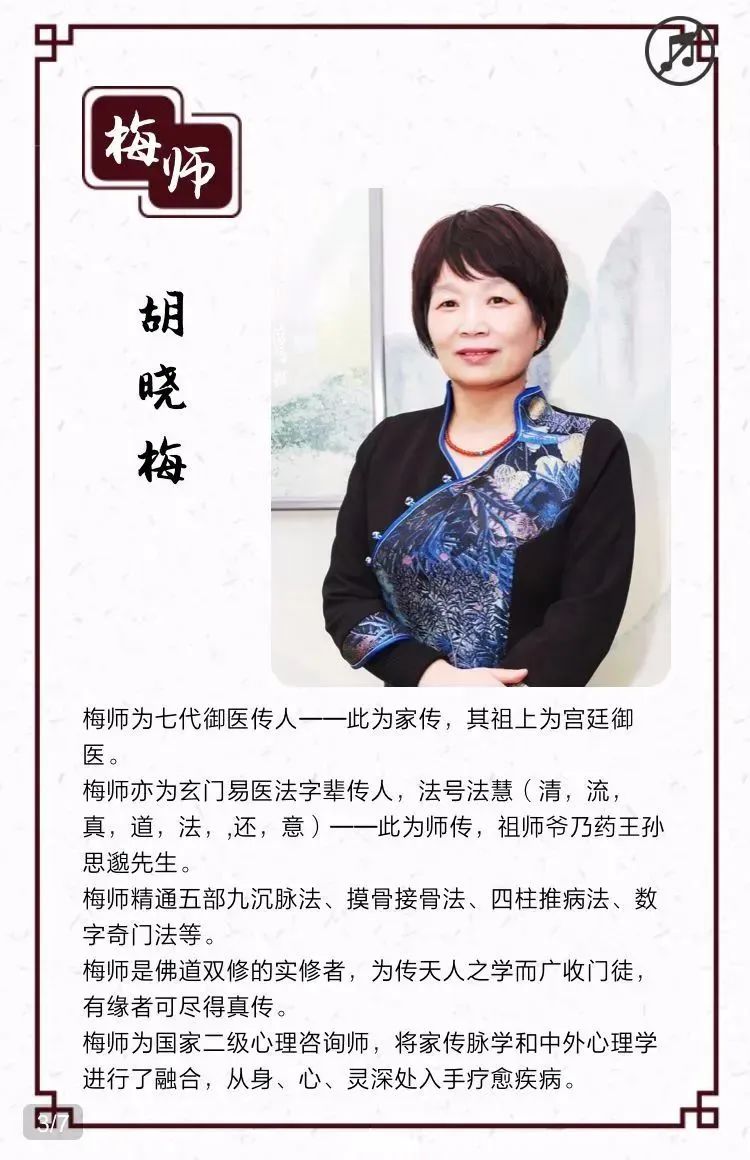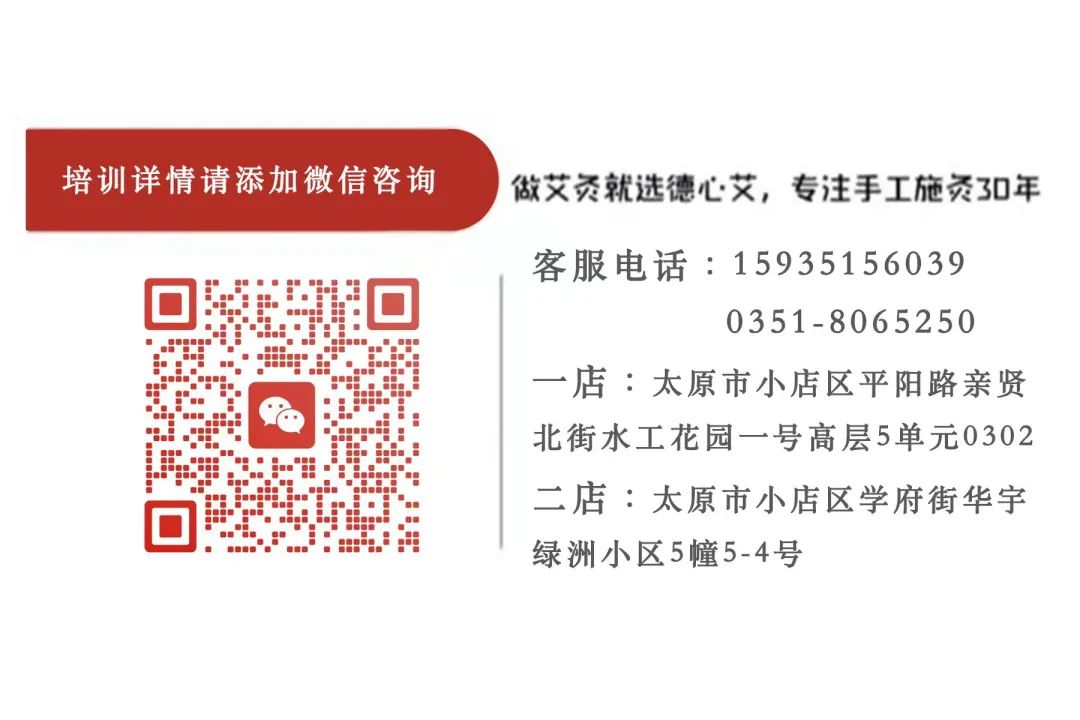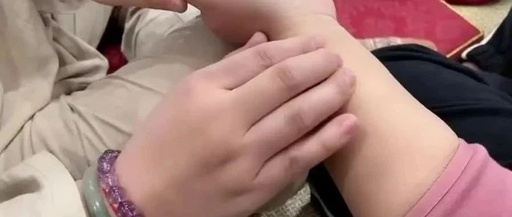In Volume Ten of the “Pulse Classic” (Mài Jīng), it states: “In the center of the Qi mouth, where Yin and Yang intersect, there are five parts, each with its own master in the front, back, left, and right, divided into nine paths; by diagnosing them, one can locate the disease and evil present.”
Li Shizhen of the Ming Dynasty also discussed: “The Qi mouth pulse is divided into nine paths, governing the twelve meridians and the eight extraordinary vessels, each with its own diagnostic method, which was secretly taught by Qibo to the Yellow Emperor.”
Bian Que emphasized that he uniquely derived life and death from the cun (寸) pulse. Although the three parts were transmitted, the nine paths became obscure, hence the pulses of the extraordinary vessels are unknown to the world.
The “Five Parts and Nine Depths” concept in the “Pulse Classic” is mentioned, but the content involved is far from the essence of the Five Parts and Nine Depths pulse that we inherit. Li Shizhen’s discussion of “three parts being transmitted, while nine paths are obscured” conveys important information. The pulse diagnosis methods passed down in society from the “Binh Lake Pulse Studies” only teach the three parts and nine conditions of pulse diagnosis, while the historically recorded “Five Parts Pulse” lacks two parts, and the “Nine Paths” pulse has become “obscured.”
Master Mei’s Five Parts and Nine Depths pulse theory posits that on the human level, “5” is the largest number; on the cosmic level composed of heaven and earth, “9” is the largest number. The Five Parts and Nine Depths pulse represents a holistic pulse method that embodies the unity of heaven and humanity, following the natural way.
How to Determine Pulse Position Before learning pulse diagnosis, it is essential to understand how to accurately set the pulse position. The Five Parts and Nine Depths pulse clearly establishes all information of the human body on the entire pulse, allowing for more precise diagnosis.
How to Observe the Pulse
While learning to set the pulse position, we must also learn to observe the pulse from various aspects such as the overall condition of the skin, color, and whether there are any depressions or elevations. Observing the pulse is also one of the reference elements for pulse diagnosis.
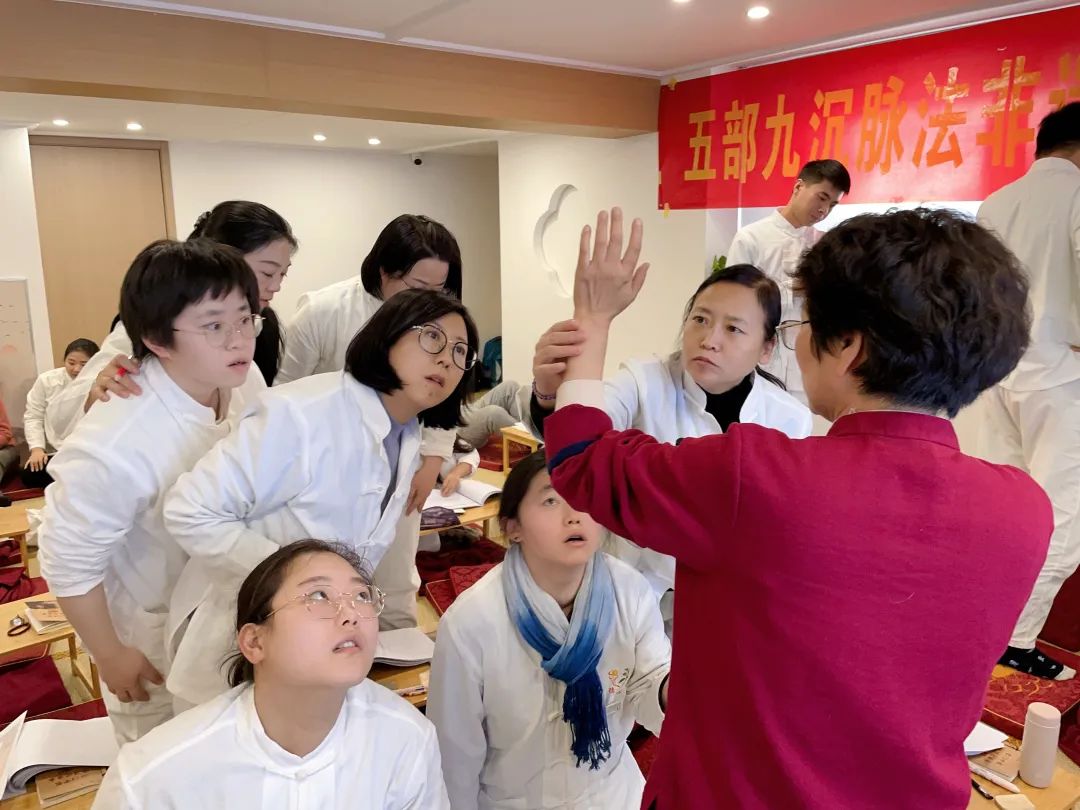
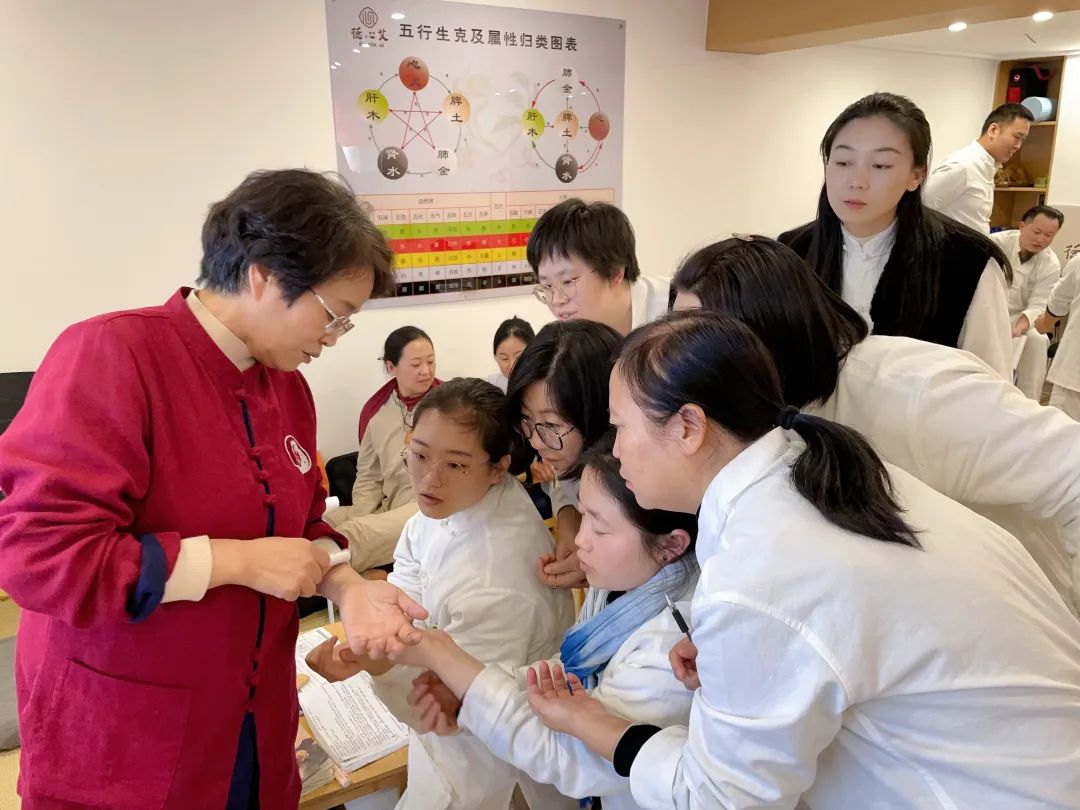
Information Communication
Before performing pulse diagnosis, effective communication of information with the other party is a crucial step. Only by establishing a good connection can more information be obtained, and the mental approach to information communication is of utmost importance!
Normal Pulse Practice During the learning process, if the pulse is normal, Master Mei will provide the pulse information to the students, who will practice individually and with each other based on the pulse patterns they receive. Each pulse pattern’s information combined with theory allows each student to deepen their memory of the pulse sensation!

Mutual practice among students, where each can feel the subtle differences in each other’s pulse patterns, represents a significant breakthrough and progress for beginners!
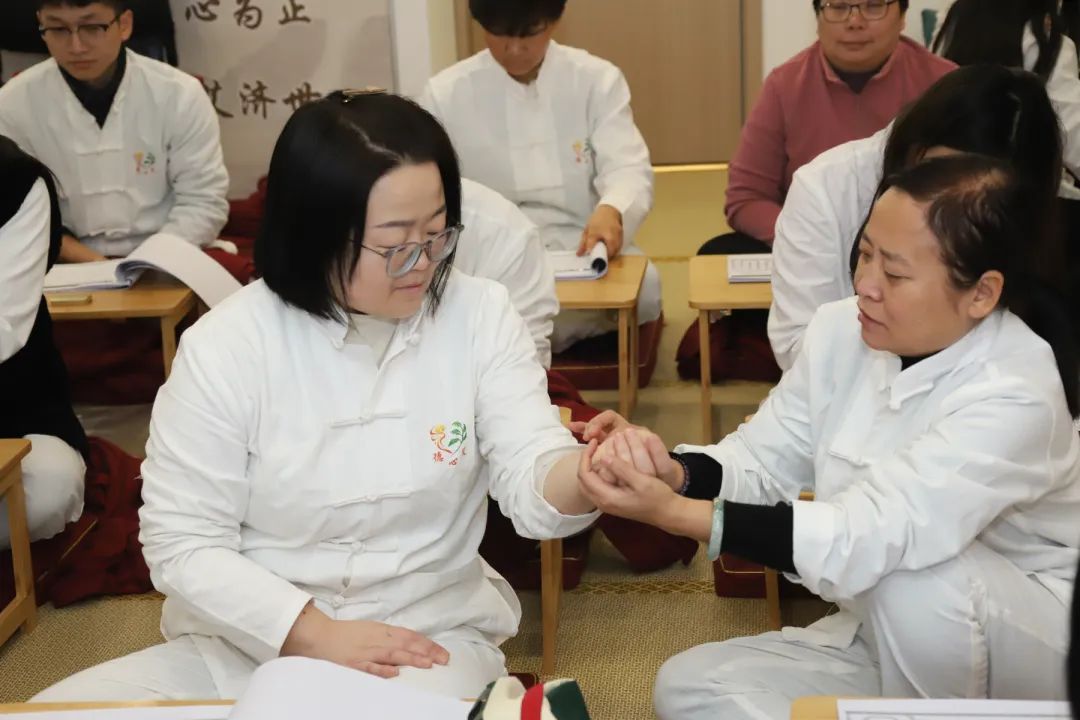
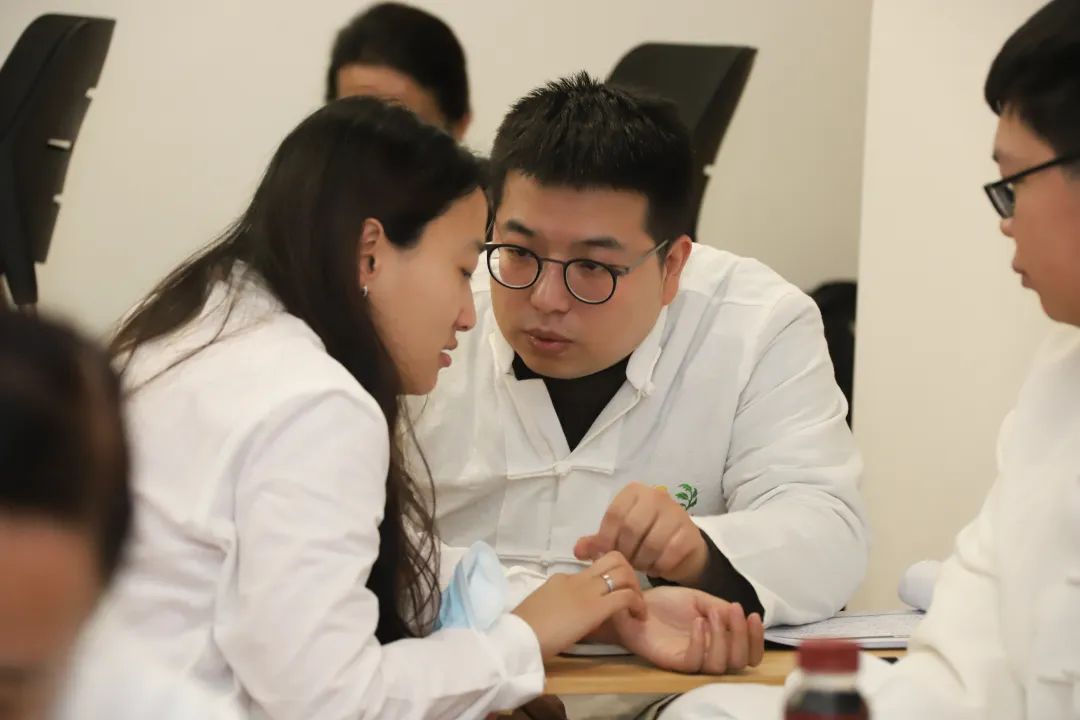
Pathological Pulse Practice
When learning about pathological pulses, Master Mei will convey this pulse information to each person’s bamboo board used for practicing pulse methods.
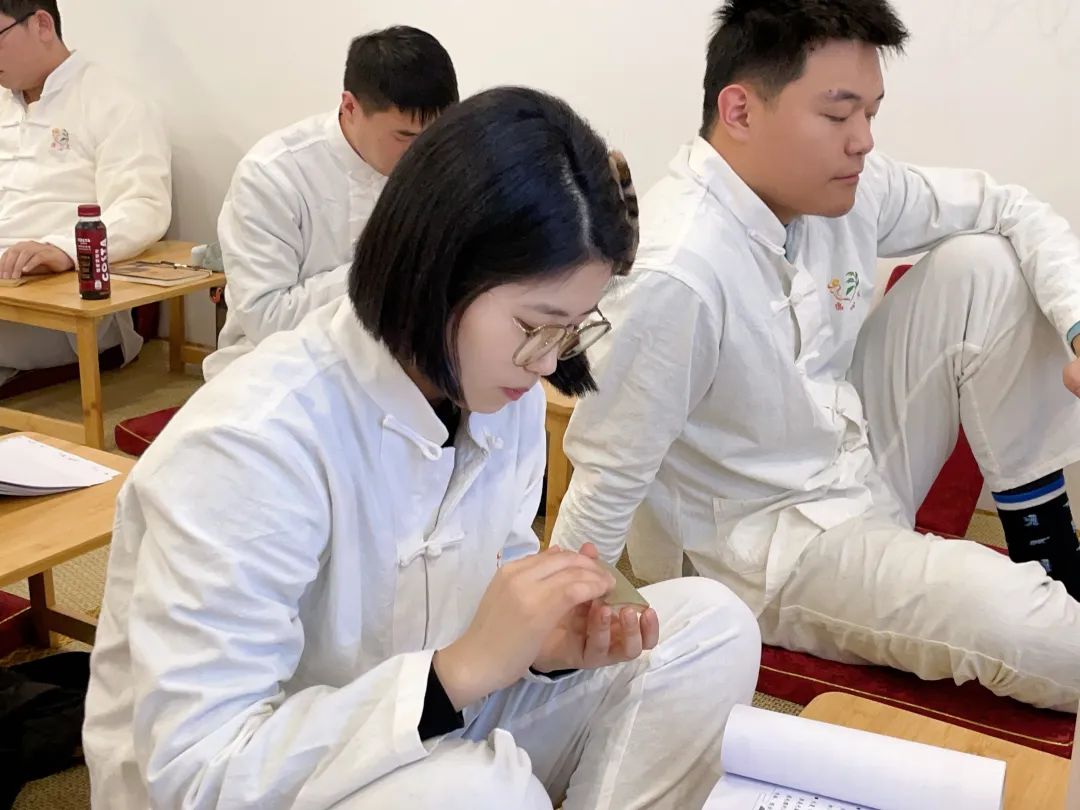
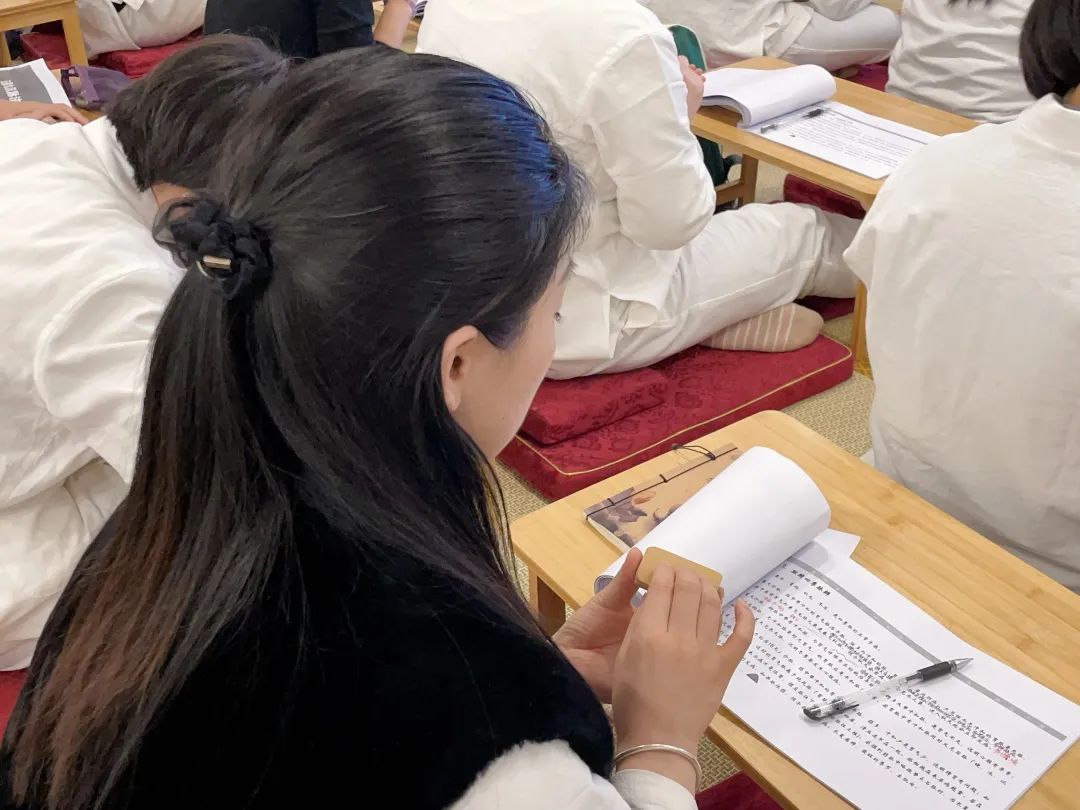
Student Insights

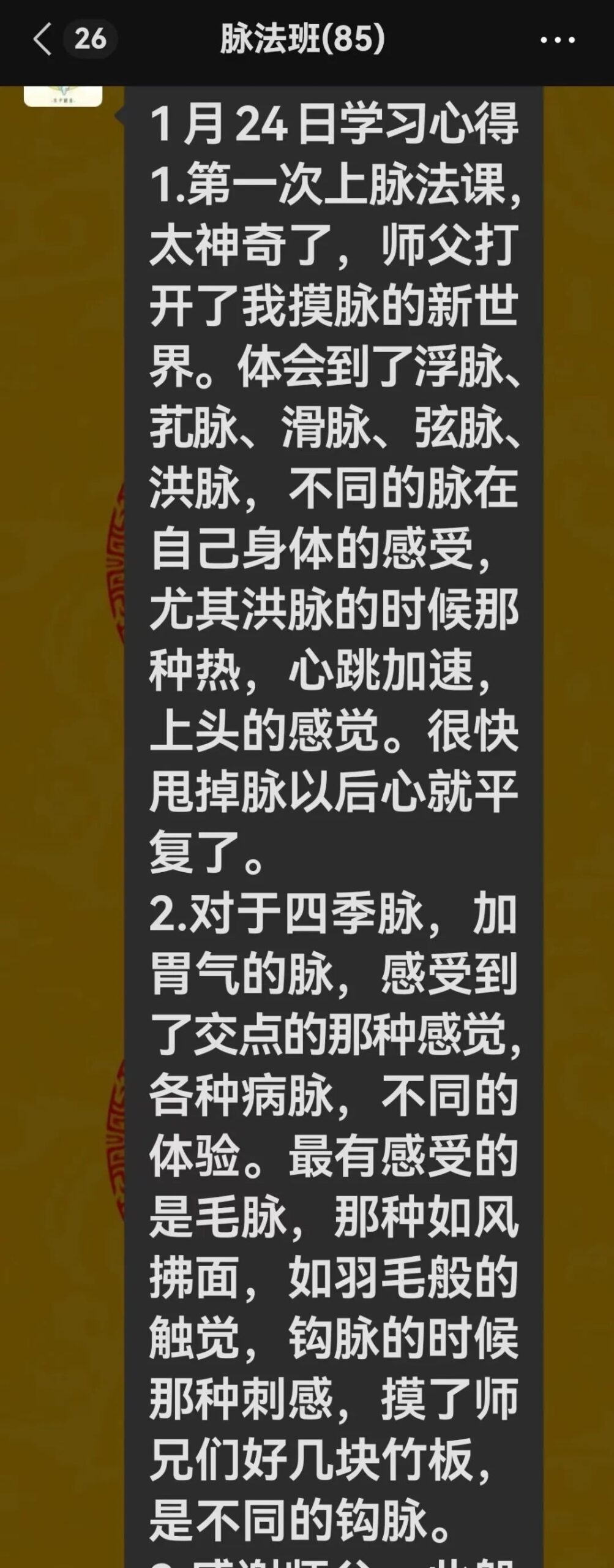
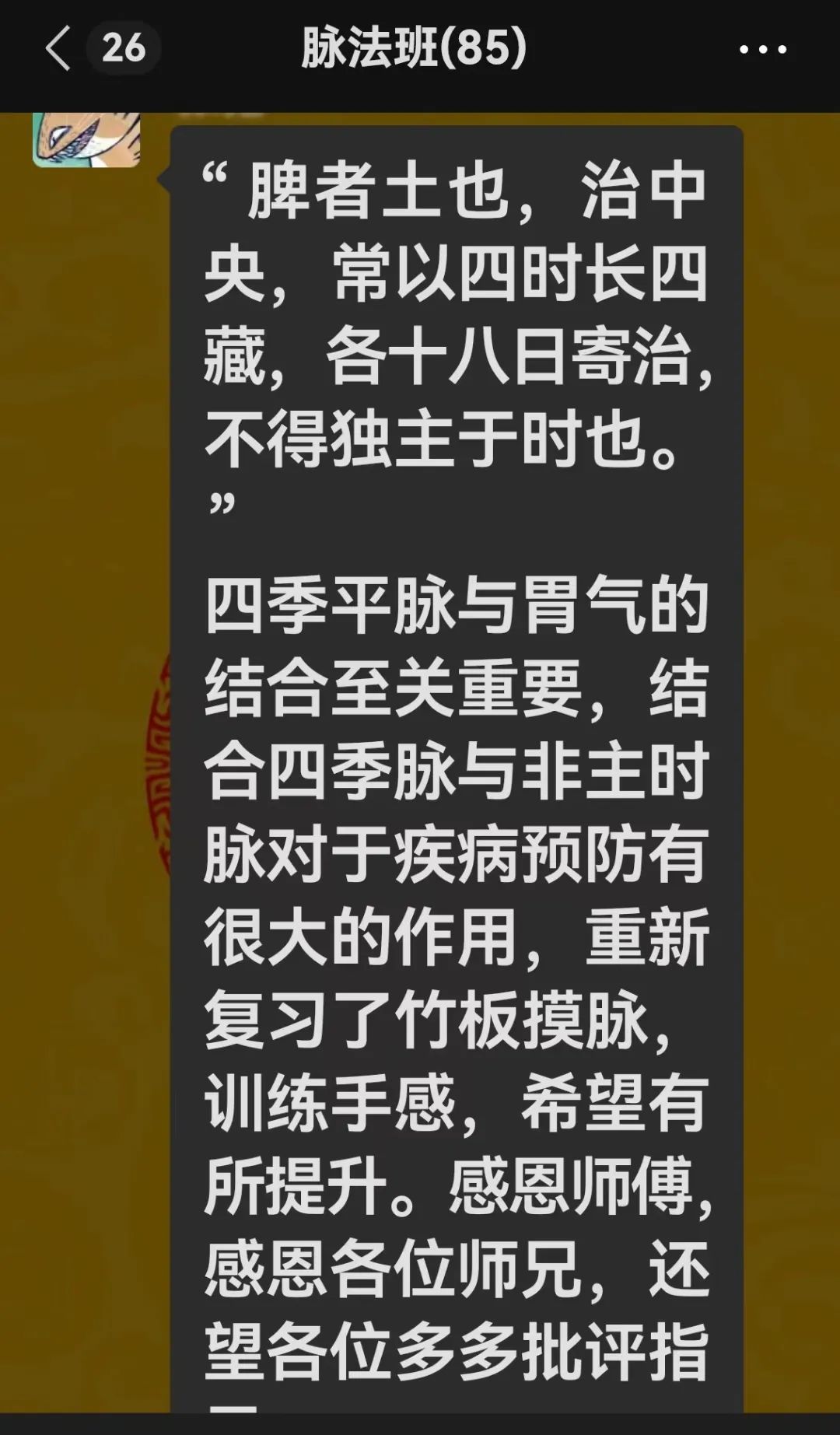
The naming of the Five Parts and Nine Depths pulse indicates that this pulse method completely breaks through the basic theories and methods of traditional pulse studies. The setting of pulse positions transcends the traditional methods of the three parts and nine conditions, transforming the three parts pulse into the five parts pulse. Further study of its core principles will provide a refreshing experience, allowing one to fully embody the natural way and the unity of heaven and humanity, easily applied to the fingertips and taken to the extreme.
